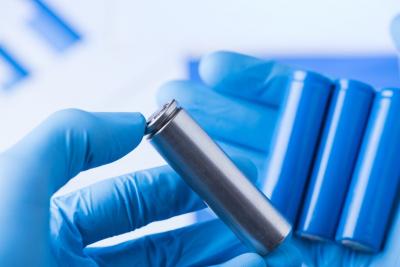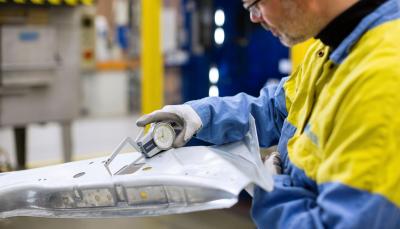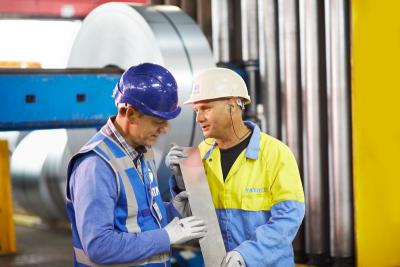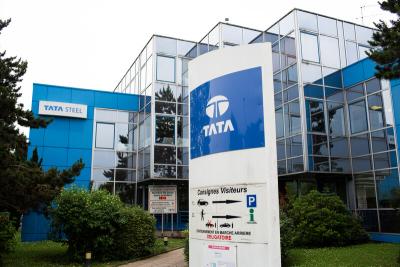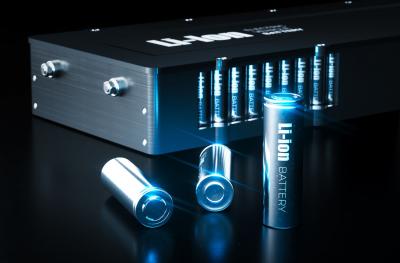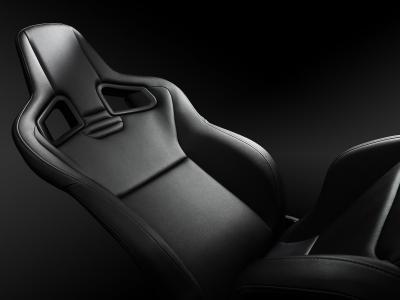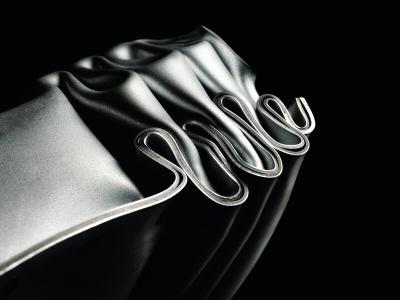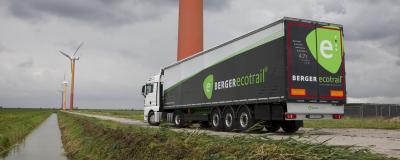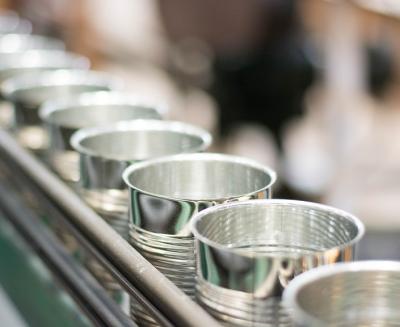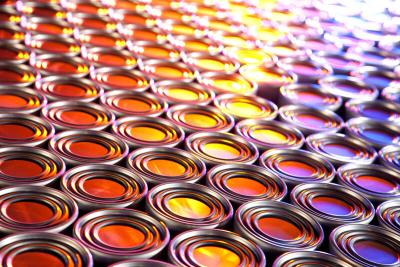It’s been an exciting year for Tata Steel. Few can have missed news of the exciting proposal announced by the UK Government and Tata Steel to invest £1.25 billion in state-of-the-art Electric Arc Furnace (EAF) steelmaking at our Port Talbot site in South Wales, UK.
The proposal recognises consumer trends for more sustainable products and represents a major step towards decarbonisation of the UK steel industry and a very important contribution to the UK’s journey towards net zero.
The proposal would also support circularity through using domestic scrap steel as a raw material; and confirms, if this was ever in doubt, that steel is a vital strategically important sector in the UK.
The announcement also momentarily shifted the spotlight from another hugely significant innovation by Tata Steel – mass-allocated Carbon Lite – a vital and necessary staging post on Tata Steel’s path to supplying steel with near zero embodied emissions.

Branded Optemis® for the Tata Steel UK supply chain, and Zeremis® (zero emissions) for the Tata Steel Netherlands supply chain, the Carbon Lite mass-allocated CO2e (carbon dioxide equivalent) reduced declarations tracks the full extent of CO2e reductions in existing production systems and processes and distributes this reduction further along supply chains.
These and other reduction measurements are captured, independently verified by DNV, and added to respective Tata Steel carbon banks in the UK and Netherlands which together hold the company’s CO2e reductions to date.
These captured reductions can then be passed on to customers through declarations which can be used to prove the decarbonisation of their own supply chains, and onwards further to their customers.
An example of this can be shown in practice in Tata Steel UK’s recent investment of £37m in a 30-megawatt power generator. The new generator saves 58,000t of CO2e per year.
This saving could either be thinly spread across all the three million plus tonnes produced, or the CO2e savings can be allocated to specific orders for those customers who most value the Scope 3 reductions that they can make.
Because Carbon Lite is mass allocated and in the form of declarations supplied with the steel that customers buy, it is entirely flexible, and customers can decide on the level of reduction up to a maximum of 85 per cent. It is not 100 per cent because it can only be applied to reduce the scope 1 and 2 emissions within the control of Tata Steel.
So why did we introduce Carbon Lite declarations?
Put simply there is not enough low embodied CO2e steel to satisfy customer needs in the short term. And because many of our customers wish to reduce their Scope 3 emissions today and need to set out clear plans which demonstrate those reductions in controlled steps, Carbon Lite declarations enable them to do this in a fully credible way.
The revenue generated from sales of Carbon Lite declarations is used to fund further decarbonisation projects, creating a virtuous circle of activity.
You can find out more about Optemis Carbon Lite here.










